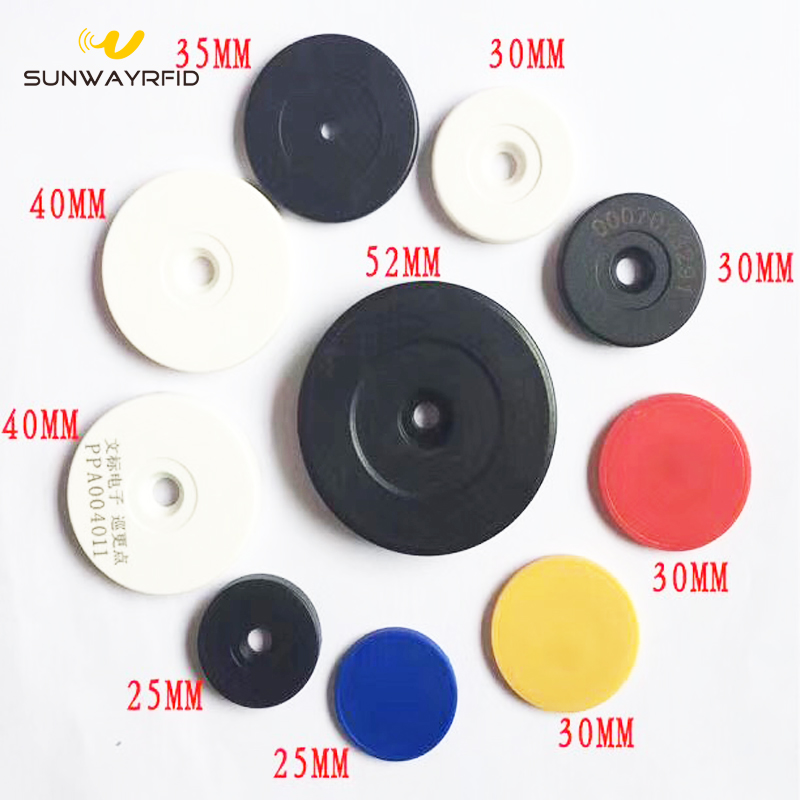 |
Recently, Professor Yu Yan's group of professors at the School of Chemistry and Materials Science at the University of Science and Technology of China, through the construction of nitrogen-doped microporous carbon-loaded amorphous red phosphorus, uses its electronic and ionic conductivity and structural stability to enhance synergistic effects to achieve phosphorus. A breakthrough in the long cycle performance and high rate performance of negative electrode materials in sodium-ion batteries. Related work was published in the title of "Confined Amorphous Red Phosphorus in MOF-Derived N-Doped Microporous Carbon as a Superior Anode for Sodium-Ion Battery." Materials" (Advanced Materials, 2016, DOI: 10.1002/adma.201605820).
Lithium-ion batteries have been widely used in the field of portable electronic devices and electric vehicles due to their high specific energy, long cycle life, and environmental friendliness. However, with the increase in the demand for lithium-ion batteries, the scarcity of their required lithium resources and the inequality of geographical distribution have become increasingly prominent, making the application of lithium-ion batteries in large-scale energy storage limited. . In contrast, sodium is rich in resource reserves, widely distributed and low cost, making sodium-ion batteries the most preferred alternative to lithium-ion batteries. However, due to the large ion radius of sodium ions (sodium: 0.98 Ã…, lithium: 0.69 Ã…), the kinetics of the sodium ion are relatively slow, and the electrochemical performance is difficult to meet the actual application requirements. Therefore, the research of sodium ion batteries still focuses on the development of electrode materials with high electrochemical performance.
For the negative electrode material, red phosphorus has gradually developed into the key for the research of negative electrode materials due to its very high theoretical specific capacity (2595 mAh/g), low cost, and environmental friendliness. However, its own low electronic conductance and huge volume change during the cycle make its electrochemical performance deteriorate in a short period of time and it is difficult to meet the requirements of practical applications. Yu Yan's research group focused on the key issue of red phosphorus electrode materials. In the early stage, through the structure of ordered mesoporous carbon materials loaded with red phosphorus, the performance of phosphorus-based materials in lithium storage (sodium) was improved (NanoLett., 2016, 16). (3), pp1546–1553). Based on the previous work basis, the research group has further improved the sodium storage performance of phosphorus-based materials in response to the demand for sodium-ion batteries. Utilizing the unique structure of metal-organic framework materials, nitrogen-doped microporous carbon materials (pore size less than nm) were prepared by carbonization, and nitrogen-doped microporous carbon-supported red phosphorus composites were prepared by the method of phosphorus steam conversion. . This structure design skillfully utilizes the micropore structure of the nitrogen-doped microporous carbon material and high electron conductance, which greatly enhances the red-phosphorus electron conductivity and greatly relieves the volume change effect, resulting in a substantial increase in electrochemical performance. . When applied to a sodium-ion battery, the reversible capacity of the entire material reaches 600 mAh/g at a current of 150 mA/g, and achieves long life cycle performance at high current (1 A/g), and remains after 1000 cycles. 450mAh/g reversible capacity.
Due to the long cycle life and high capacity performance exhibited by this material, the material is expected to be used in future high performance sodium ion batteries. Moreover, the design of this structure can be used as a universal method to provide a new research idea for the design and research of other electrochemical materials.
The first author of the dissertation was Li Weihan, a doctoral student, and the first unit of China University of Science and Technology. This work was supported by the “China Youth Project†of the Central Organization Department, the National Natural Science Foundation of China, the Central University Fundamental Research Funds and the Suzhou Nanometer Science and Technology Collaborative Innovation Center.
RFID Laundry Tags with silicone material, PPS, and ABS and waterproof, moisture proof, shock proof! Can using in high temperature, high humidity and high labor intensity operation conditions.


Can be embedded 125Khz chips like Tk4100, EM4200, T5577, EME44305 and Hitag etc.
Can be embedded 13.56MHZ chips like Ntag213, NTAG215, NTAG216, Mifare Classic, Desfire EV2/EV2, Plus X, Plus SE, ICODE, Ultralight, TI 2084, Topaz512, and F08 etc.
Can be embedded 860MHZ-960MHZ chips like Alien H3, Alien H4, U-Code Gen2 and Impinj M4/M5 etc.
RFID Laundry Tags
RFID Laundry Tags,Waterproof Silicone RFID Laundry Tag,Uhf RFID Laundry Tag,Washable RFID Laundry Tag
Sunway Smartech Co.,LTD , https://www.sunwayrfid.com